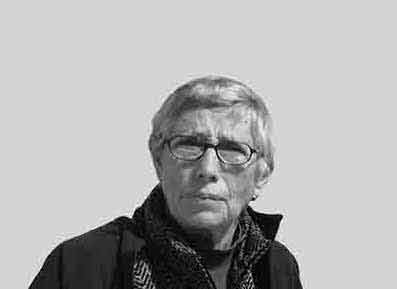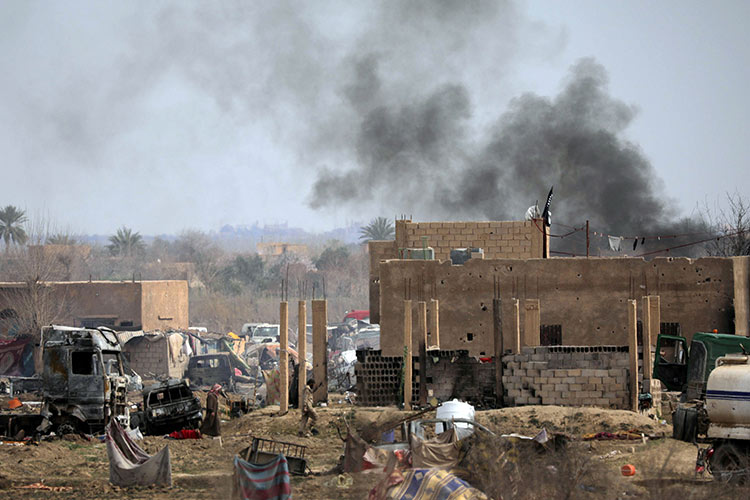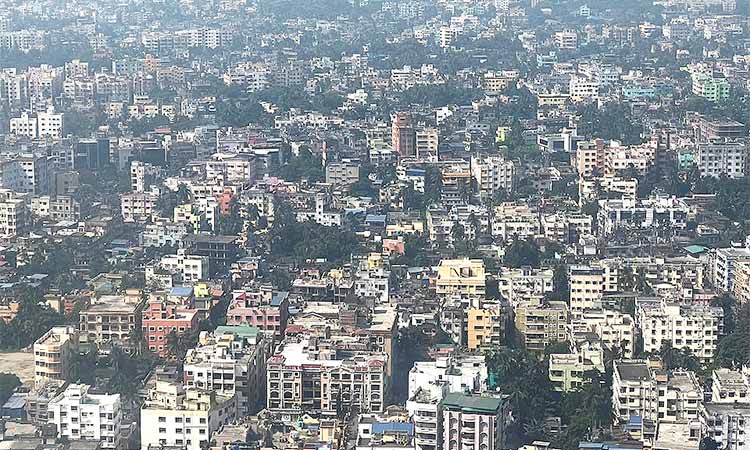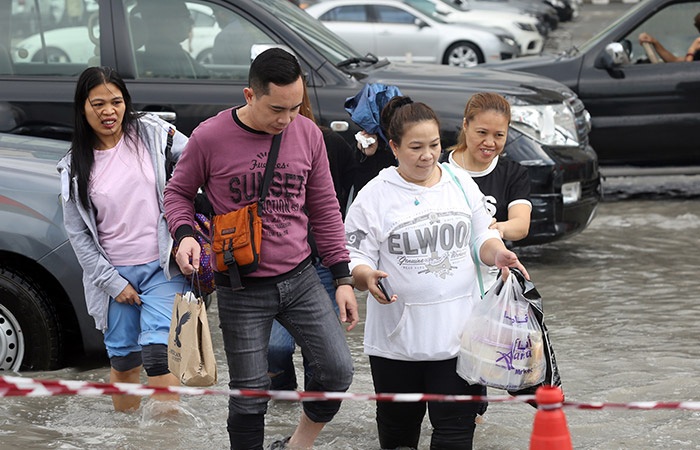Syria should be put back together again

Michael Jansen
The author, a well-respected observer of Middle East affairs, has three books on the Arab-Israeli conflict.

Residents walk in the village of Baghouz, Deir Al Zor province, Syria, on Saturday. Reuters
The administration argues higher education must be regulated. Degrees awarded by both closed and approved Idlib universities are not recognised outside the province but enable graduates to get jobs. The administration has been accused by students from the closed institutions of seeking to make money as tuition at the eight Tahrir al-Sham approved universities is $1,800 rather than the $300 asked by those that have been shuttered.
Students took to the streets to condemn the closures and professors even tried outdoor classes but neither protest made any difference. Those involved feared arrest and abuse. For decades Syrians have given education high priority.
Education has been free from elementary through university in the public system.
Both boys and girls flock to public and private universities and institutes. Young men defer military service while studying. During these eight years of warfare, many Syrian youths see education as the only safe avenue to a decent life.
This is why protests erupted in Idlib, even under al-Qaeda. Like Daesh, the Taliban, Boko Haram and similar radical groupings, Tahrir al-Sham is, fundamentally, an opponent of education. In areas under their control these groups have shut down schools.
These groups — cults, actually — believe men should be cannon fodder and women stay-at-home baby-making machines.
While Idlib’s Council for Higher Education claims it is necessary to limit the number of universities to ensure quality, revenues are certainly an issue for Tahrir al-Sham which needs to pay for its 20,000 fighters as well as local administrators. The group earns tariffs and fees through its control of trade with Turkey and exacts taxes on residents.
Tahrir al-Sham seized Idlib in January after absorbing smaller radical factions and defeating Turkish-sponsored units of the so-called Free Syrian Army.
Tahrir al-Sham also imposes its ultra-conservative social mores on the populace and stands accused of extra-judicial killings, kidnappings, looting, extortion and torture. Since the take-over foreign aid and medical relief teams have pulled out of the province, depriving residents of much needed assistance. Under a deal reached last September between Moscow and Ankara, an all-out Syrian army offensive against insurgents in Idlib was deferred, a ceasefire was proclaimed, and heavy weapons and Tahrir al-Sham fighters were meant to withdraw from a buffer zone on the edge of the province. This did not happen.
Turkey, which planted military posts around and within the province, was charged with monitoring the ceasefire and ensuring that withdrawals took place. Turkey did not carry out its part of the bargain.
Although Tahrir al-Sham was excluded from the ceasefire as it is branded a “terrorist” organisation, it initially took advantage of it to consolidate its hold on 60 per cent of the province.
The group followed up by expanding at the expense of rivals, ignored the ceasefire, and remained in the buffer zone from which it continued to strike Syrian army positions on the periphery of Idlib.
The military has not only responded but has begun to nibble at the edges of Idlib by shelling and conducting air raids on villages and towns held by Tahrir al-Sham — which are fair game. According to sources in Damascus, the army intends to move gradually into Idlib and other areas held by Tahrir al-Sham and force the group to depart or surrender. This has created problems for both Russia and Turkey. Neither wants the Syrian army to launch its final assault on Idlib.
Russia is reluctant to provide provide air cover for the Syrian army offensive and Turkey fears an influx of refugees from Idlib, swelling the 3.5 million already in the country. Turkey also wants to control Idlib through Tahrir al-Sham and has offered to enlist the majority of its fighters in the “National Army” coalition created by Ankara.
Tahrir al-Sham has rejected this offer and remains defiant. The collapse of the final bastion of Daesh at Baghouz in the eastern Syrian desert seems to have made its rival, Tahrir al-Sham all the more determined to hold onto Idlib, the final redoubt of al-Qaeda in Syria and Iraq, and to be the standard bearer of al-Qaeda-radicalism.
Before the war, an estimated 750,000 civilians lived in Idlib. Its capital, Idlib city, was closely connected to Aleppo, Syria’s commercial hub, and the province received revenues from transit trade with Turkey. Idlib was mainly agricultural, producing olives, fruit, wheat, and cotton and hosts some of Syria’s most famous archaeological sites. Today, Idlib has around 3 million people, mostly displaced Syrians but including thousands of fighters, the majority from radical groups. An Idlib exodus could be catastrophic.
The evacuation of Baghouz has stunned Damascus, Baghdad and the international community. No one expected that more than 60,000 people had taken refuge in that small dusty town on the Euphrates river. The flood of humanity revealed that captured Daesh fighters and many of the women who had taken refuge there remain ideologically committed to the cult and to the false caliphate” it created.
So far, no solutions have been proposed for the thousands now imprisoned by the US-backed Kurds or confined to the more than 65,000 held in internment camps in northern Syria.
Idlib poses an even bigger problem as fighters from all over Syria have been transported there with their families and hangers-on. Many if not most are also loyal to the cause of their factions and leaders. What is to become of them and their women and children? What is to be done with displaced persons who have fallen under the rule of Tahrir al-Sham? Northern Syria cannot become an internment camp for tens of thousands of people once this dreadful war ends.
For the displaced, the solution is simple. Let them return to their communities under some sort of protection. They will need to be housed until their homes can be cleared of squatters, rebuilt and fit for habitation. For this to happen sanctions must be lifted and Syria must receive funds for reconstruction.
Syria has to be put back together again as best possible. Unless it is, there will be no peace in the region. The US war on Iraq which gave birth to Daesh and Tahrir al-Sham should have taught the powers-that-be this lesson.



